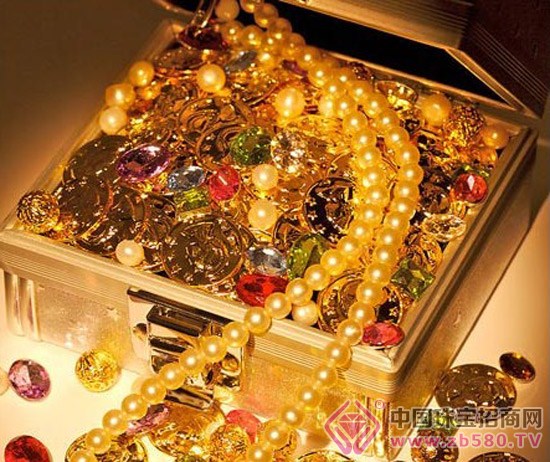Gold and silver still honor and share
Silver, due to its extremely low surface content in the earth, is collectively referred to as a rare or precious metal in combination with gold and other six major platinum group metals. The silver texture is soft, suitable for forging, anti-oxidation and has excellent physical and chemical properties. Its value began to be recognized as early as the Mesopotamia period in 700 BC.
In history, like gold, as the legal currency of many countries, it has the function of financial reserve and has also served as an important means of payment internationally. In the current market, people still focus on the currency of silver, equating it with gold, and ignoring its industrial attributes.
This ignoring just explains the difference in price changes in the short term. Since 2016, gold prices have risen by more than 15%, while silver prices have risen by less than 5%. Is the linkage between gold and silver prices still changing?
In this regard, long-term follow-up research of Changjiang Futures Gold analyst Wang Yiqing said that the price of silver and gold still maintain a high positive correlation. However, the biggest factor boosting the current round of gold is risk aversion. Gold has strong currency attributes and belongs to natural safe-haven varieties. Silver industry demand accounts for more than 50%, and commodity attributes are stronger. In a safe-haven environment, silver is naturally significantly weaker than gold, and other basic metals perform poorly, further limiting the price increase of silver.
"The safe-haven property of silver is definitely not as good as gold, and its commodity attributes are stronger. In a safe-haven environment, gold is obviously stronger than silver, but it does not mean that silver has room for upswing, but it will lag behind gold." Wang Yuqing said .

Sun Yonggang, a researcher at Chaotian Tiancheng Futures, told China Securities Journal that gold has been used as a currency and general equivalent on a global scale, but the regional and temporal nature of silver as a currency is far from being comparable to gold, and then from scarcity and From the point of view of its own chemical nature, silver has far less advantages as a currency and general equivalent than gold.
Therefore, Sun Yonggang believes that in the era of credit currency, silver still reflects its commodity attributes. Only when the monetary property of gold shines through the price, silver will rise accordingly. These are reflected in the price of gold and silver. . At this stage, the global economy is still in the doldrums, and the price of gold is still in the bottom range. In the environment of low interest rates and negative interest rates, the best tool for market hedging risk is of course preferred gold. Therefore, the demand for silver in the industrial sector is much larger, and supply and demand The price has a greater impact.
In addition to normal industrial demand, a large portion of silver inventories are used as collateral for large financial institutions to participate in financial markets. This is the specific manifestation of silver currency attributes. In this market, there are also different asset classes such as treasury bonds and gold that can be used as collateral. The collateral is charged a considerable amount of borrowing costs, that is, part of interest. Then the interest rates of different collaterals become different for large financial institutions. The basis of the asset.
In general, investors generally believe that there is a negative correlation between gold, silver and the US dollar, and the logic behind it is the interest rate of gold, silver and US dollar assets (mainly US Treasury bonds), or its expected interest rate. Weak comparison. If the market expects US Treasury bond interest rates to be higher than collateral interest rates such as gold and silver, as well as other national bond interest rates, it will sell gold, silver and other non-US dollar assets, while buying dollars and US dollar bonds.
It is worth noting that industrial demand is a major part of silver demand, accounting for more than 50% of total demand (18,500 tons). Although the overall proportion is relatively high, due to the large number of branches in the industrial sector, the demand for silver in each sub-sector may not be much. From the demand point of view, with the development of industrialization, the demand for silver in industry continues to grow, but on the other hand, due to the development of industrial technology and the emergence of alternatives, the amount of silver used in unit equipment is declining.
Satin Chiffon Fabric,Satin Chiffon,Silk Satin Chiffon,Silk Satin Chiffon For Sale
Suzhou Wangsheng Textile Co.Ltd , https://www.jzwstex.com